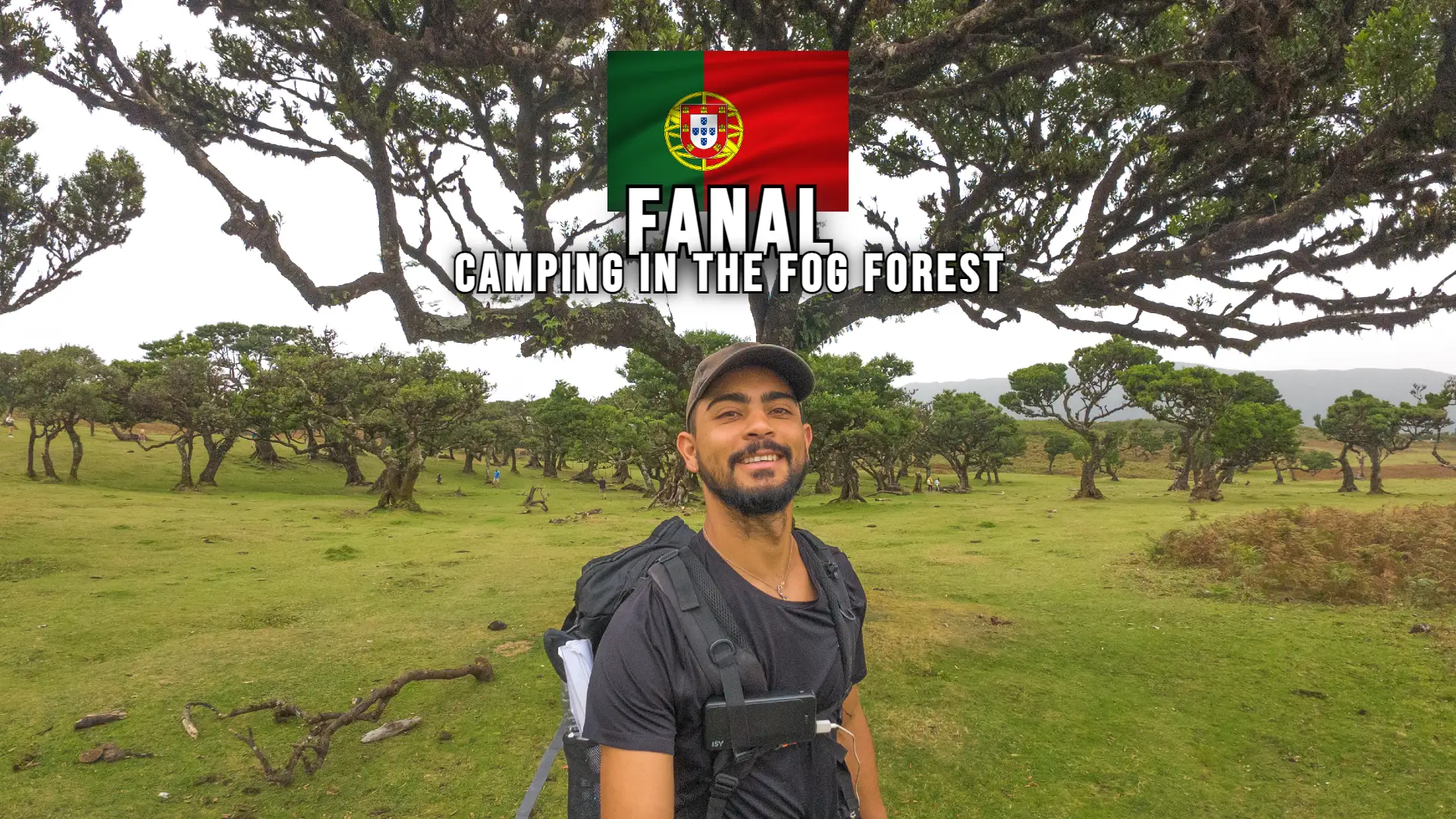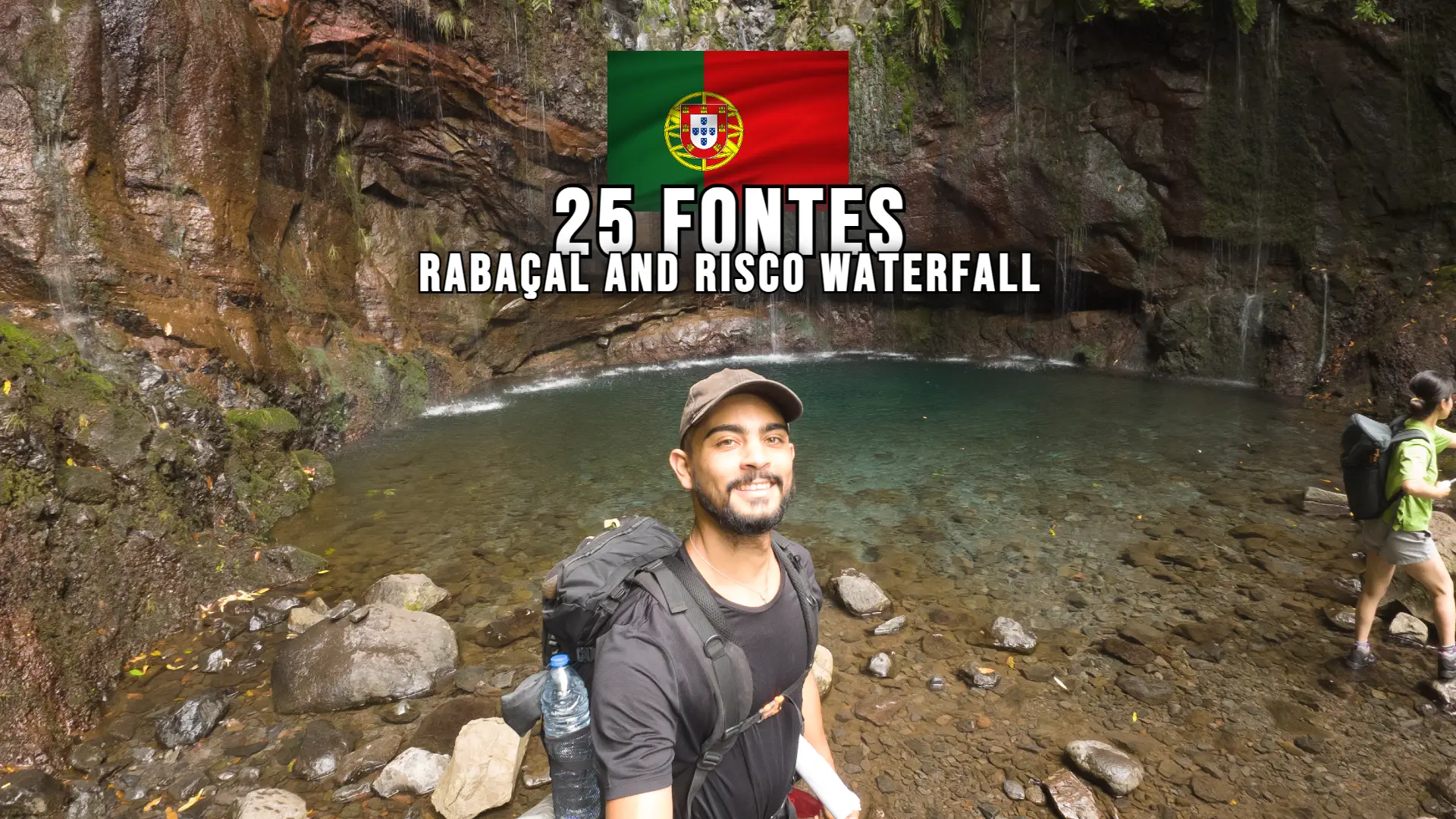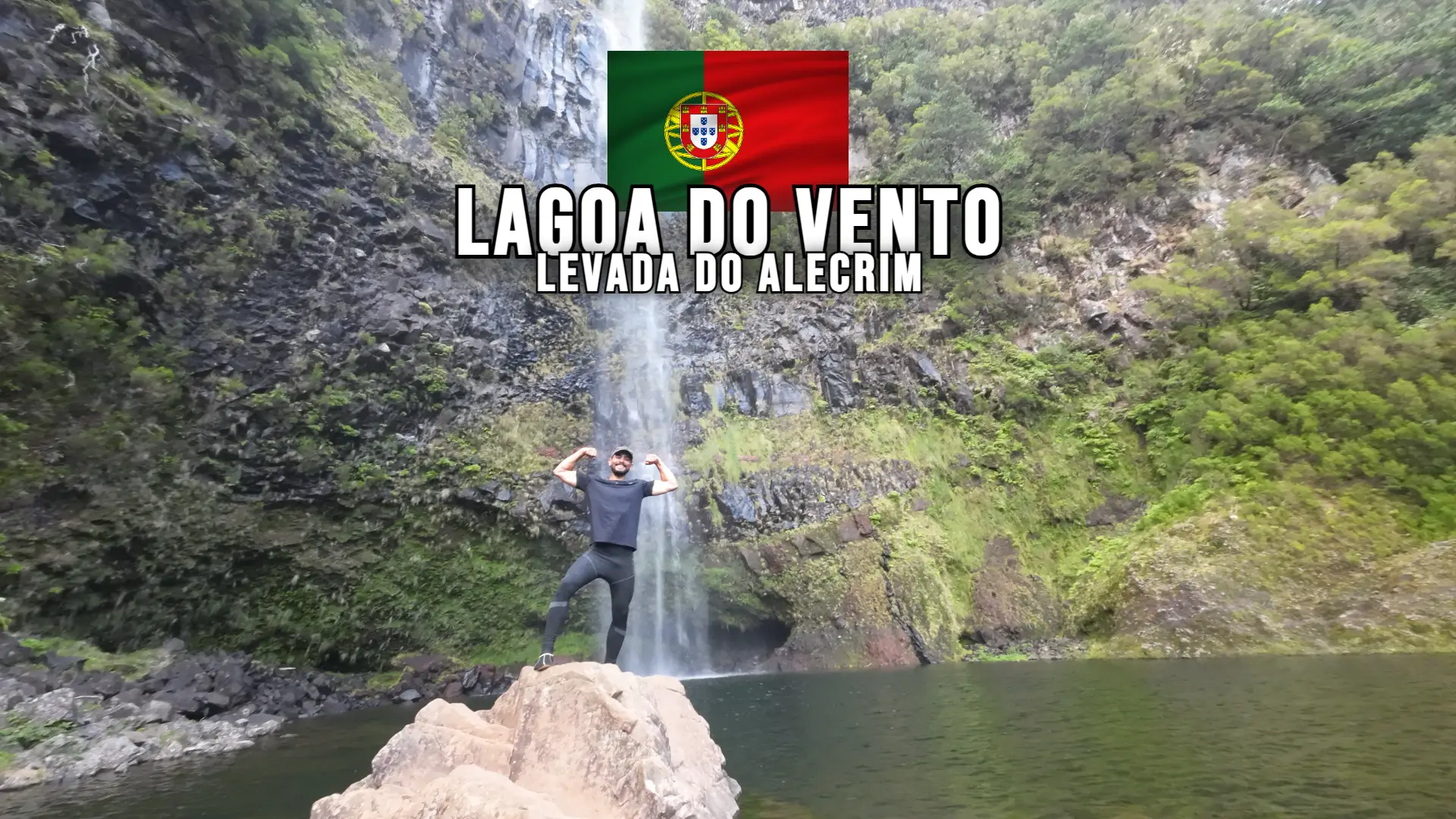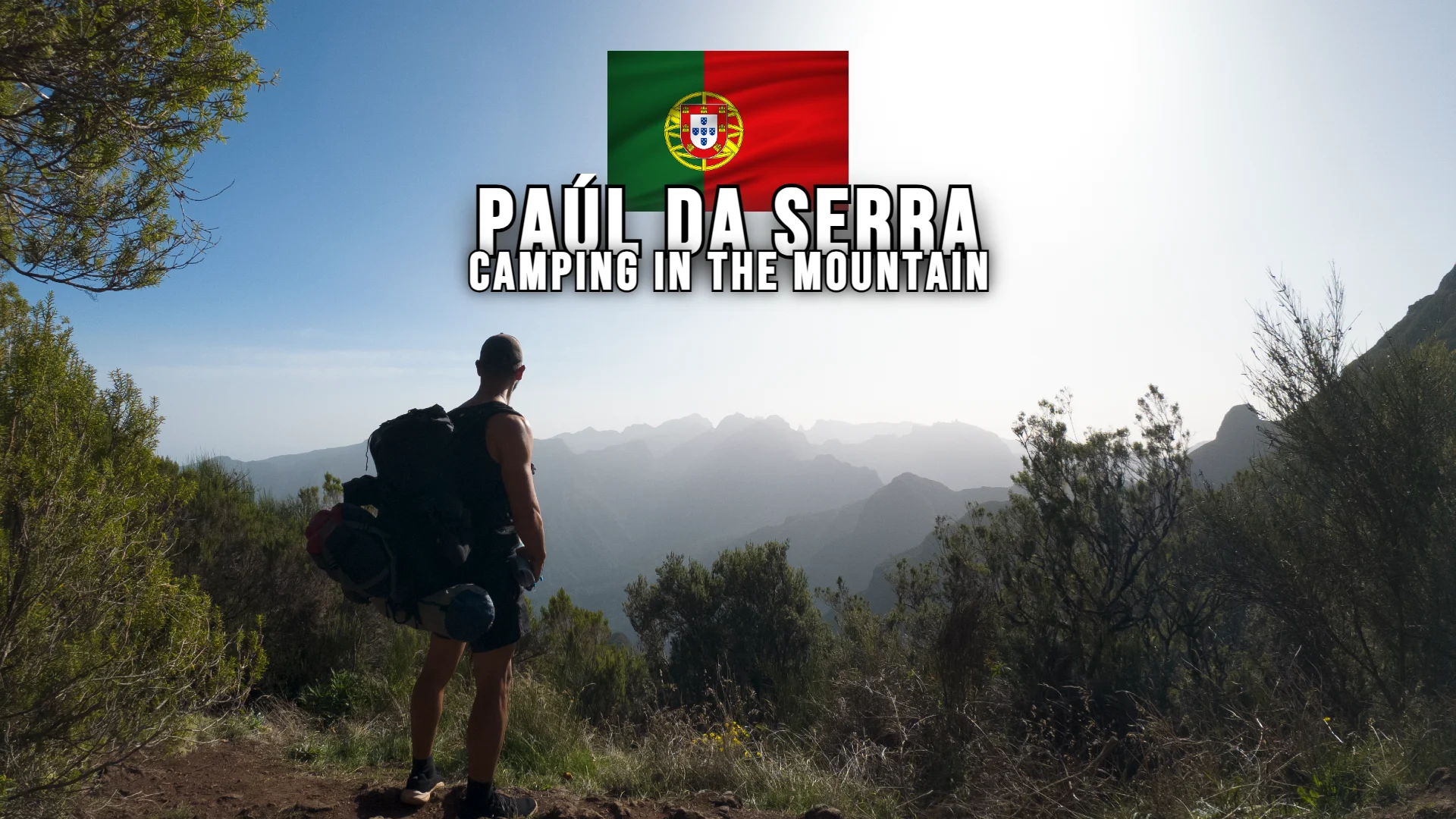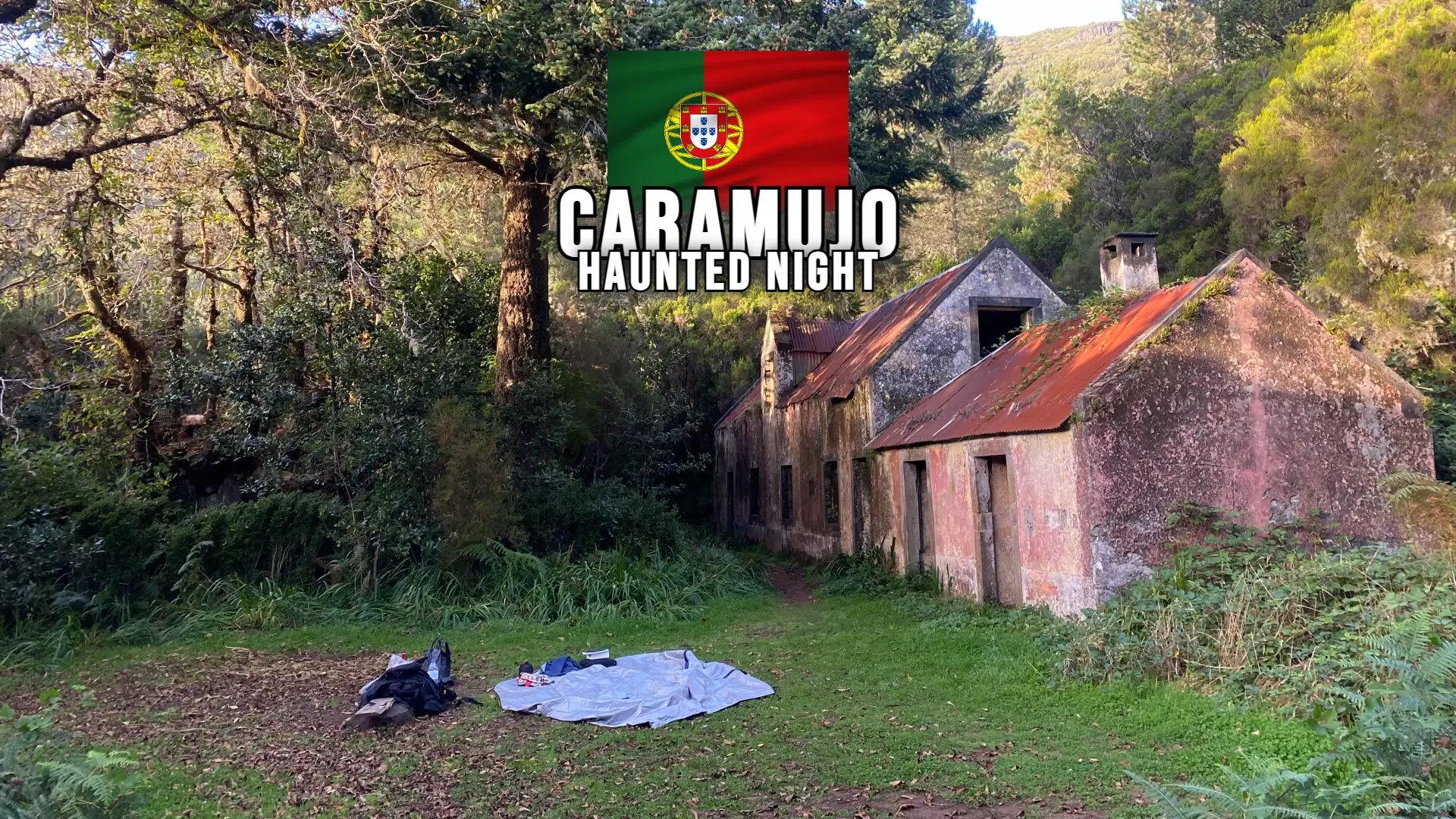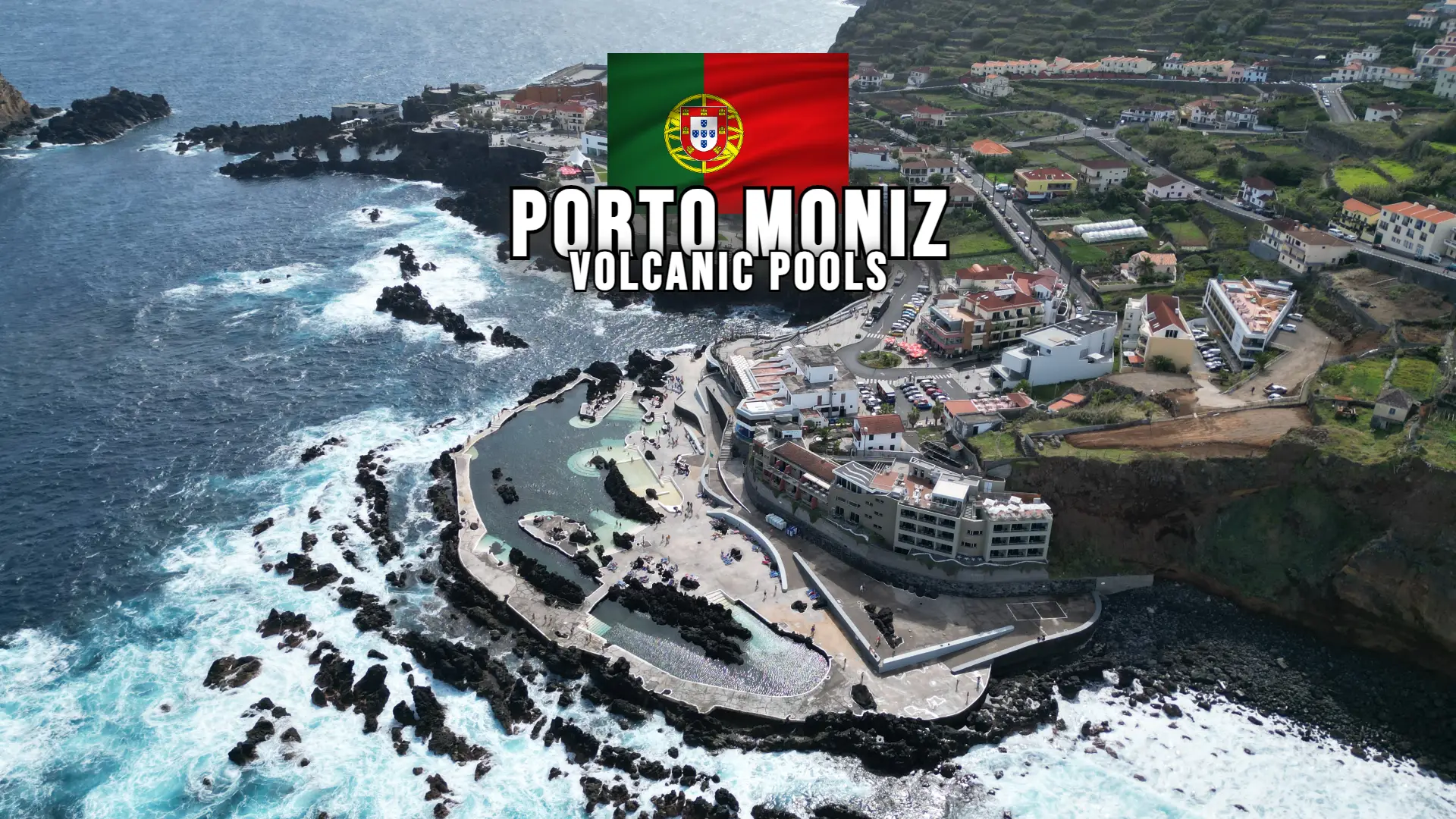Cold and a good wine already bring us a European air, now when we talk about cod, pastel de Belém olive oil, then it’s easy to know where we’re going: Portugal.
We divided this trip in two stages, starting in Lisbon and heading to Baixo Alentejo, in the region of Beja.
To the south-west of the European continent, next to Spain, lies Portugal, a bridge of history and admirable gastronomy. The country increasingly seeks to attract tourists from all over the world with its beautiful landscapes and museums.
Lisbon, the capital, named as a global city due to its great importance, both economic and touristic for the country. Here you have the opportunity to get to know several outstanding symbols of the country’s history that are spread all over the city, besides being able to check out the more than 15 museums that help us to tell different events.
Tower of Belém
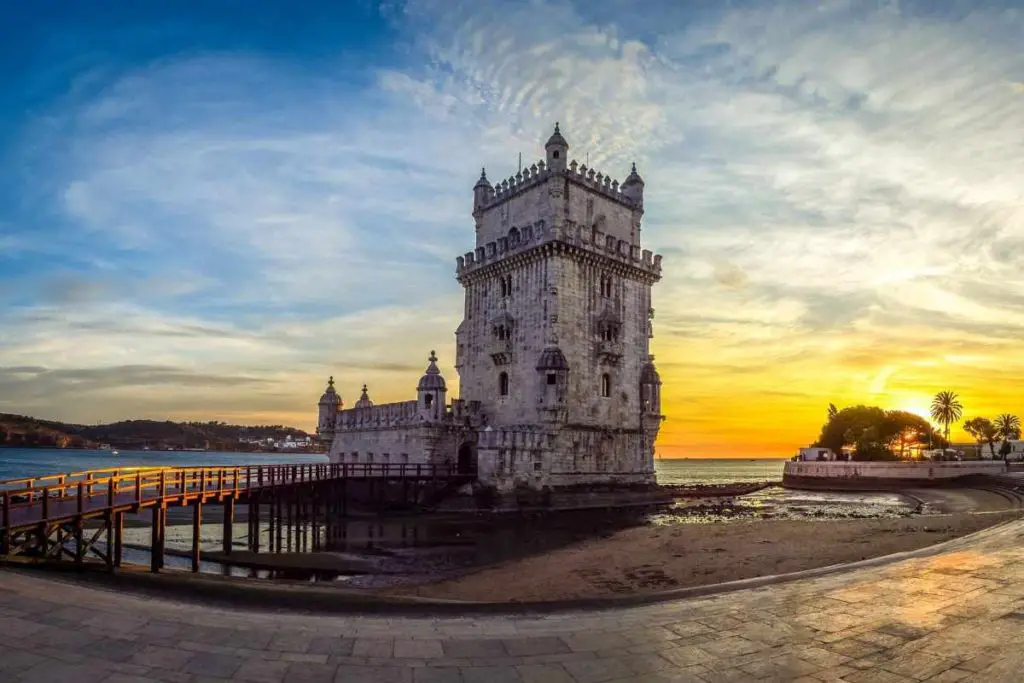
This is one of those symbols that is quite big, 52 metres high, the Torre de Belém was built in the year 1520, it took about 6 years to be built. It was deservedly elected one of the seven wonders of Portugal. Strategically built on the right bank of the Tagus River, in the 1500s its initial function was to defend the city from invaders, however, over time it was used in various ways, even as a dungeon during the reign of King Philip II. In the tower you can check up close the old governor’s room, the Kings room, the chapel and the most visited floor, the terrace.
Monument to the Discoveries
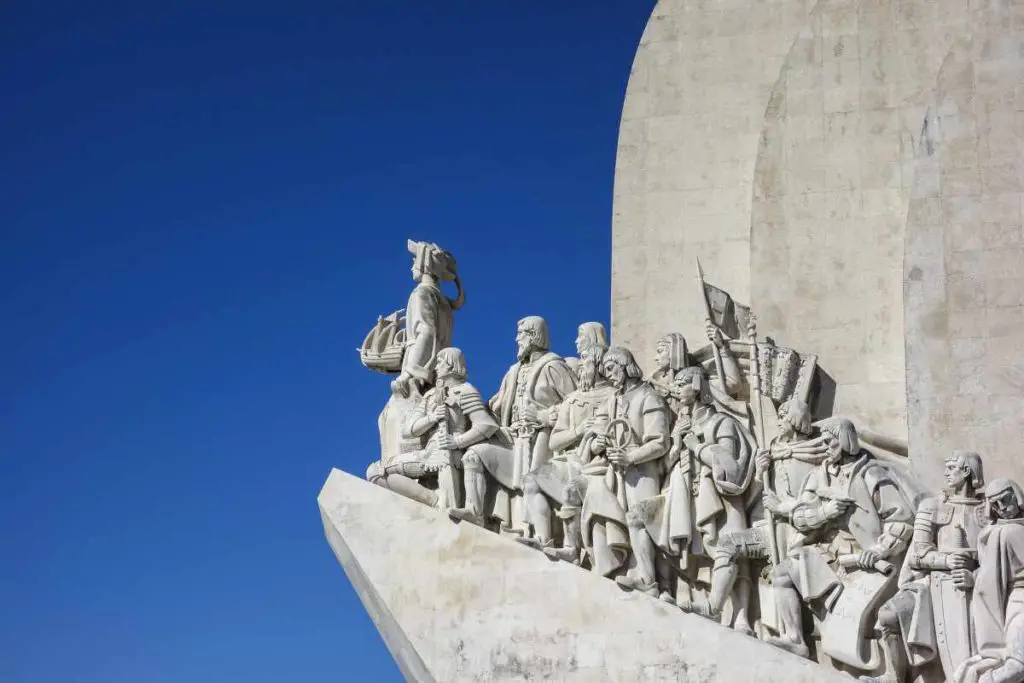
The discovery monument, also known as the standard of discovery, is about 800 metres from the Torre de Belém. Facing the Tagus River, it was from here that the ships with the new lands left, one of them being Brazil. Its first version was built for the world exhibition in 1940 and was soon dismantled. A few years later the statue we have today, 50 metres high, was erected. It was inaugurated to commemorate the 500th anniversary of the death of Prince Henry the Navigator.
As we go around the monument we have 33 important Portuguese characters. Each one of these characters represents an important element in the era of the navigations, we have important figures such as Pedro Álvares Cabral, Vasco da Gama and Bartolomeu Dias.
An observation is that there at the top of the statue is Prince Henry the Navigator holding a small caravel, the boat used for those navigations.
National Coach Museum
Before it was too late, Dona Amélia, wife of King Dom Carlos I, realised the heritage value of the royal carriages and decided to preserve them for exhibition. The first exhibition took place in 1900, in Paris, after which the National Coach Museum was born in 1905. Here we will find just over three centuries of royal transport history.
Soon after the Universal Exhibition held in Paris, Dona Amélia chose the royal arena of Belém to be the home of these beautiful and historic carriages. Amongst the vehicles on display are coaches, carriages, buggies, carriages, pushchairs and even armchairs, forming an interesting set that allows the visitor to understand the technical and artistic evolution of the means of transport used by the European courts until the advent of the automobile.
Lisbon Triumphal Arch
When we talk about Arc de Triomphe, we immediately remember Paris, but Lisbon also has one, the Arc de Triomphe of Augusta Street and is located in the so-called Praça no Comércio. It had its first version built after the 1755 earthquake, two years later was demolished and a little over a century built this current arch that became a tourist attraction of the city.
Gastronomy has always been a strong point of Portugal, here in Lisbon we have several restaurants that prove it. Today with the Internet we always research the best places to visit, sleep and eat, but sometimes we meet people who give us excellent tips
The Lower Tagus
To start the second leg towards Beja, with the largest trellis in the world, we pass over the 25 de Abril bridge, which crosses the Tagus River connecting Lisbon and Almada. It’s through this bridge towards Baixo Alentejo that we continue our trip.
Santiago de Cacém
On the way to Beja we can visit the Roman ruins of Miróbriga, in the town of Santiago Do Cacém, which is located about 13 km from the ocean. The name of this archaeological site comes from the junction of two Celtic words. Miróbriga: Miro de mar and Briga de Fortaleza. Some scholars believe that this is the most remarkable vestige left by the Roman occupation throughout the Portuguese southwest. The Roman city extends for over 2 km, presenting housing ruins, paved streets, a hippodrome, thermal baths, a bridge and the forum. This site is in an area called Castelo Velho and has been occupied since the Bronze Age.
We can also observe the forum, very possibly built in the first century, already spas are the best preserved in the country, both topographic choice for implantation and the materials of its construction were carefully thought out. Here there is an entrance hall with room for massage and changing room, a cold water area known as “frigidarium” and hot water, as “caldarium”.
Beja
With the Roman conquest the city becomes part of this Empire to which it belonged for over 600 years. Its great value is given for here passing one of the most important Roman Villages of the time, these lands were also under possession of the Abadidas, from the Taifa Kingdom of Seville, people who gave Beja its name. Named as city 1517, Beja was the cradle of important families, pedagogues and humanists of the renaissance.
In Beja you can get to know a little more about the Portuguese culture, in this very old city some researchers believe that this region was already occupied 400 years before Christ.
Vila Galé
When we leave for a trip, the biggest concern is with the family, finding a place that pleases everyone, playing mini-golf, cycling, enjoying a spa, gastronomy and, of course, tasting Portuguese wines. At Vila Galé Clube de Campo, located in the district of Beja, in the Alentejo region, we are sure to find all these attractions.
Where to do Wine Tasting in Portugal?
Speaking of wine tasting, just 150 metres from the Vila Galé hotel is the Casa de Santa Vitória winery, which opened in 2002. Here we don’t just taste wines, but have the experience of the whole process. They have so far only three brands of wine, but very different between them, first we started with the versatile wines, light wines then we moved on to the Gama Santa Vitória. There is a grape variety that was planted in 2008, called Baga grape, a variety that brought its genetics, strength its acidity, but integrated very well as freshness and elegance of the Alentejo Wines.
Founded in 2002 and the result of a passion for products linked to the land, the company provides tourists with direct contact with the best that is produced in the Alentejo. Visitors can follow the production and taste the wines of the house, enjoying the modern facilities and the wine cellar. They can also visit the plantations which have 127 bushels of vineyards and 150 of olive groves.
The Castle of Beja
Beja Castle which is one of the main postcards in the region. Beja castle is located at the northern end of the city, it is a medieval construction with a pentagonal plan, surrounded by six towers, including the keep. The construction of the castle and the rampart was an initiative of Afonso III, which also included the reconstruction of the entire fortification system of the city. It is said that it was first built in the 15th century by order of Dom João II, who ordered the construction of a palace to receive Prince Afonso on his honeymoon. Currently, on the ground floor of the governor’s house, is the city’s main tourist office.



